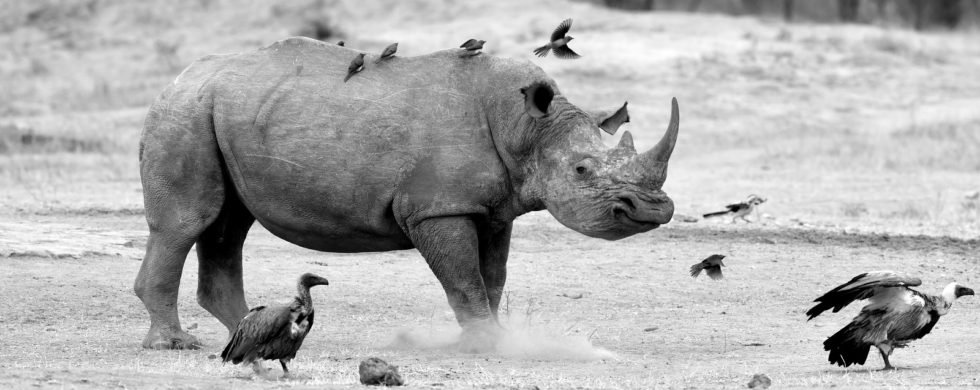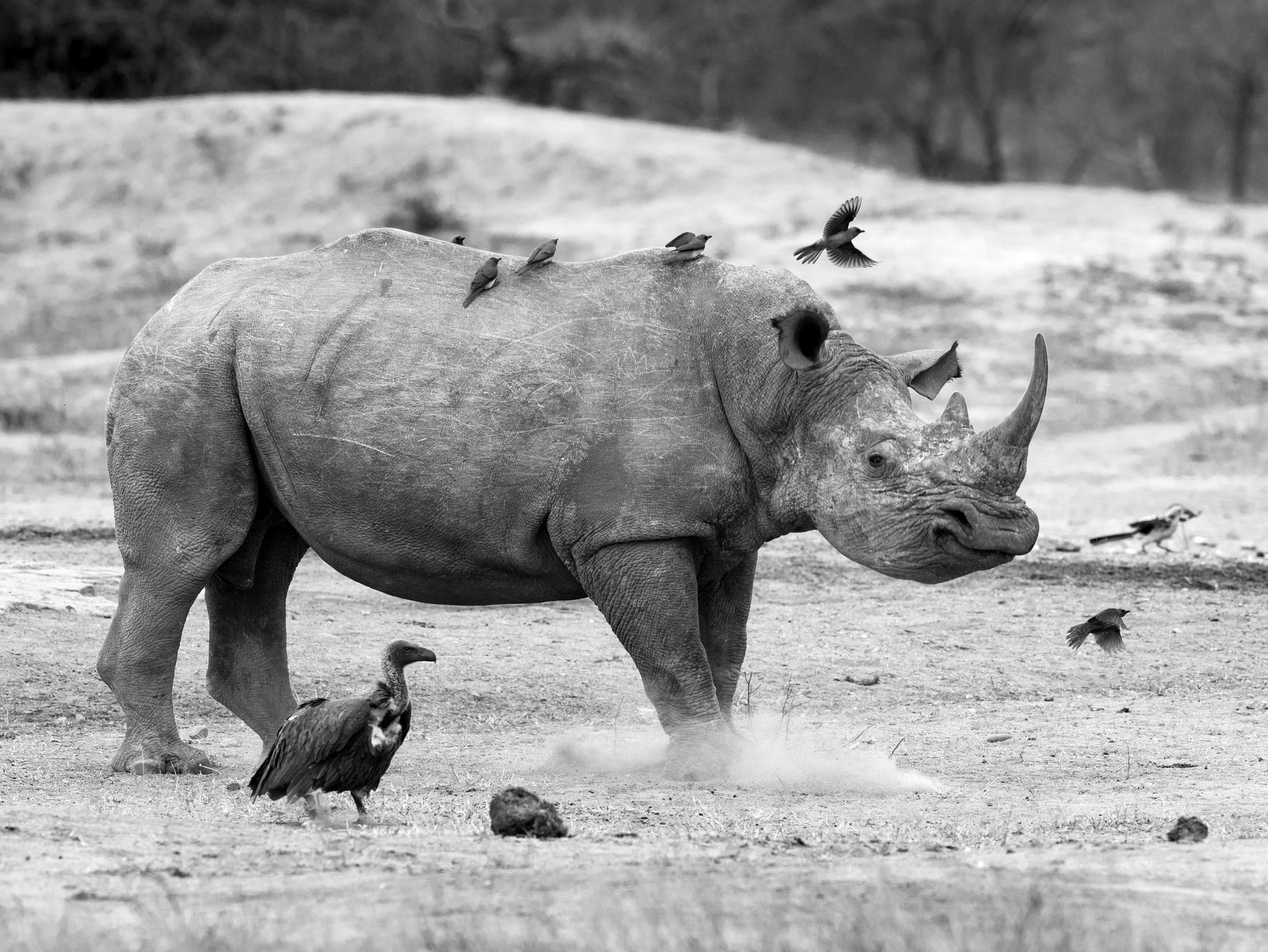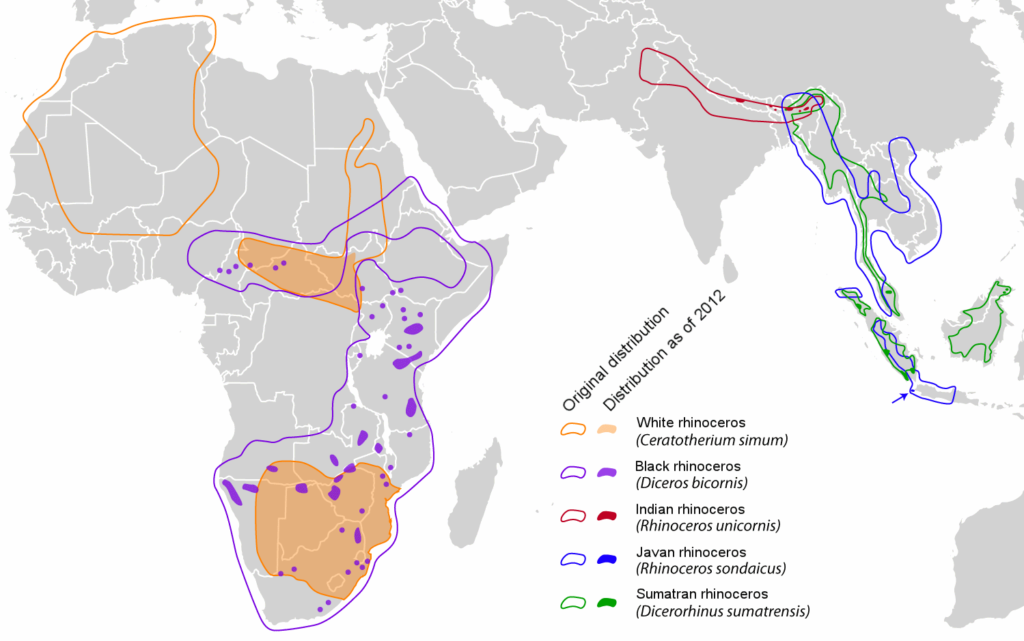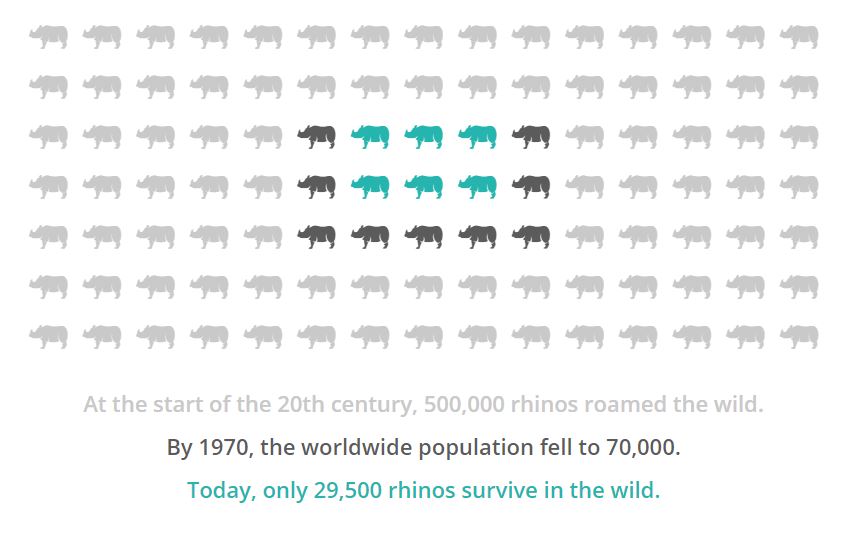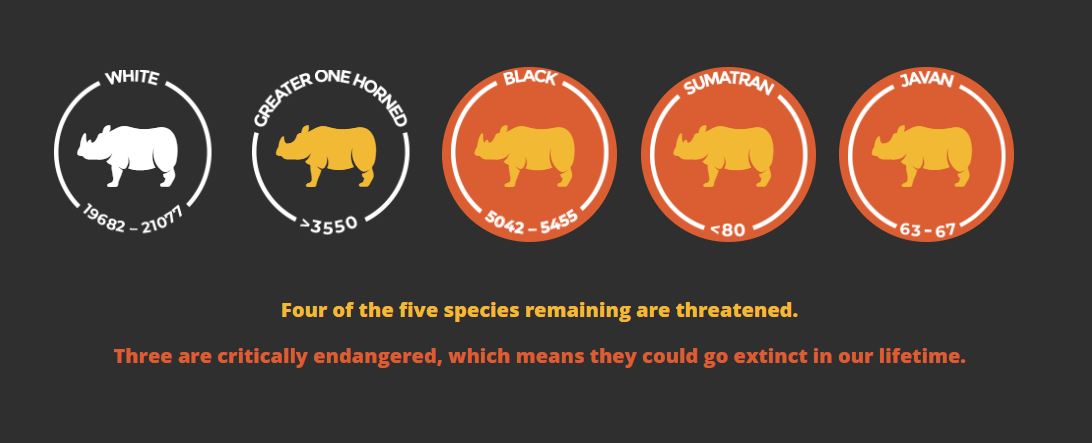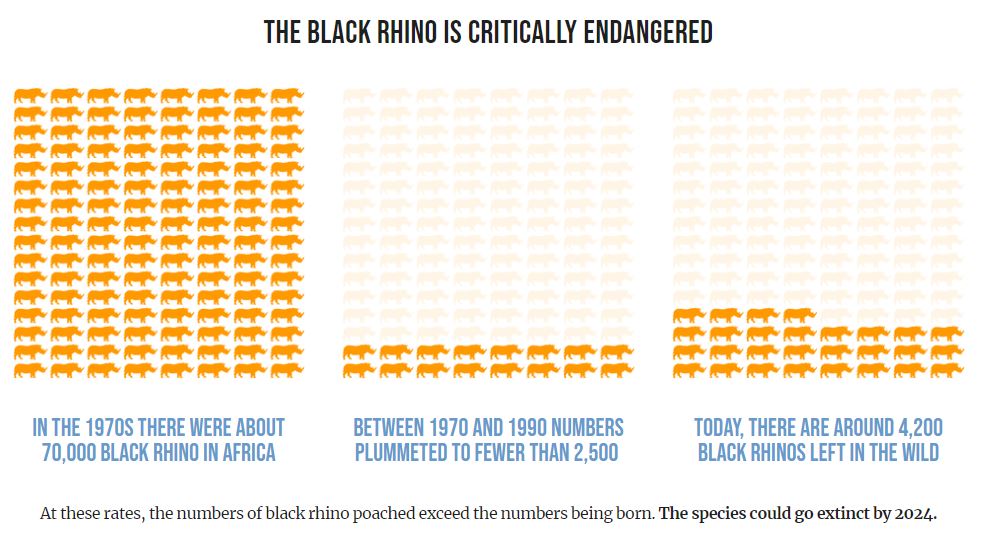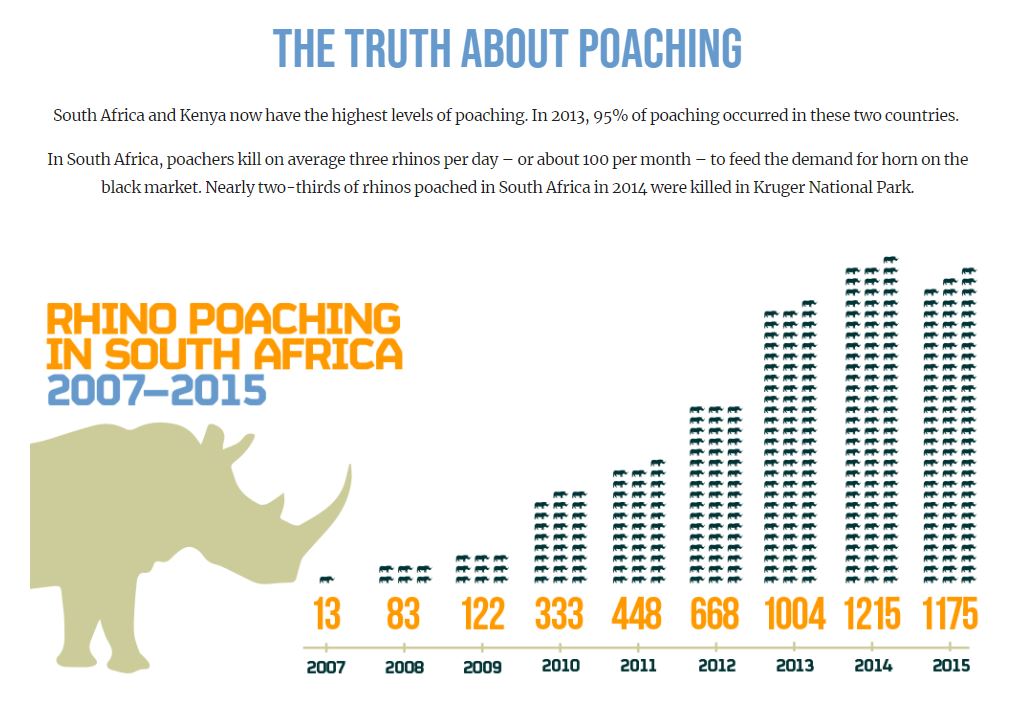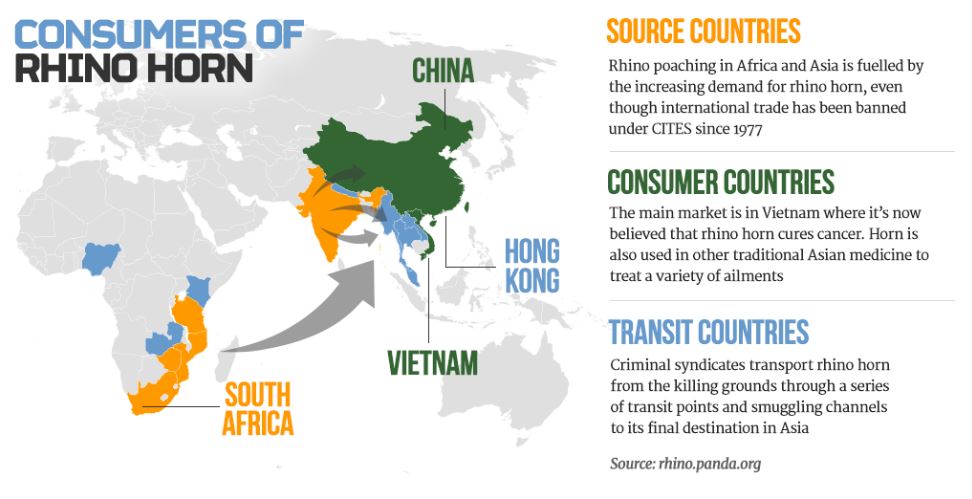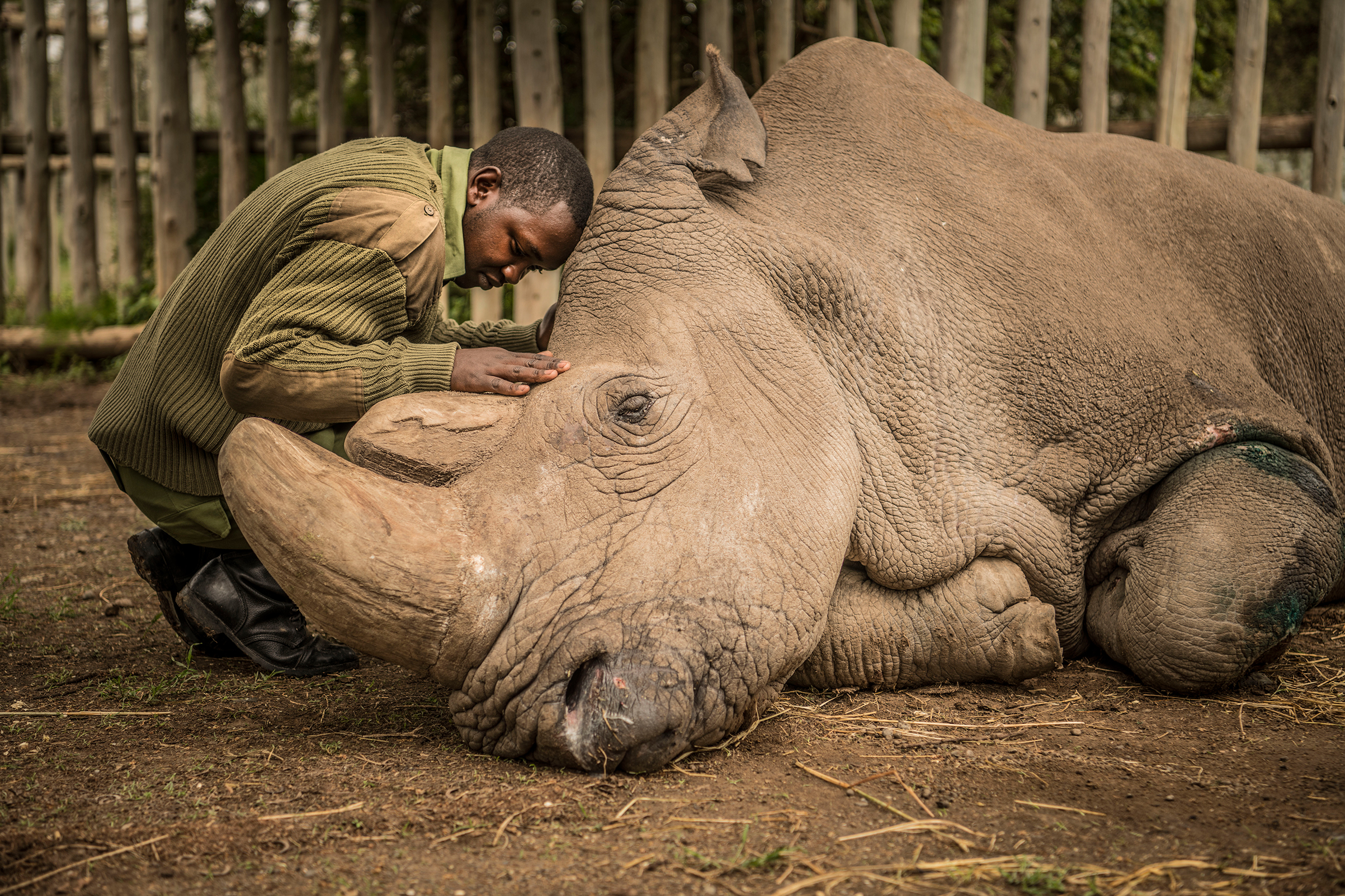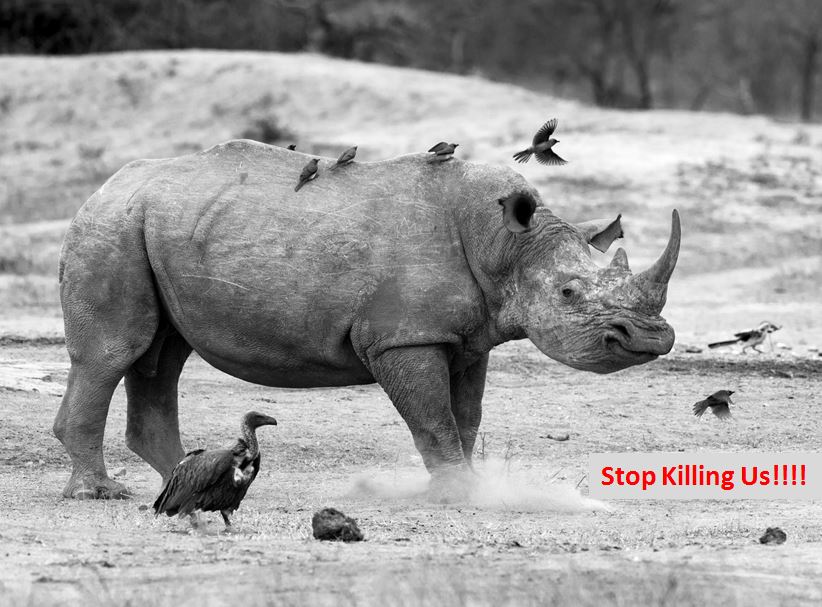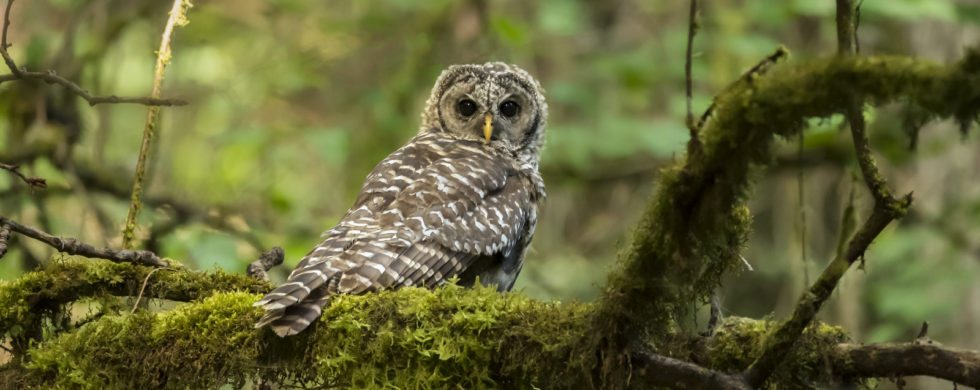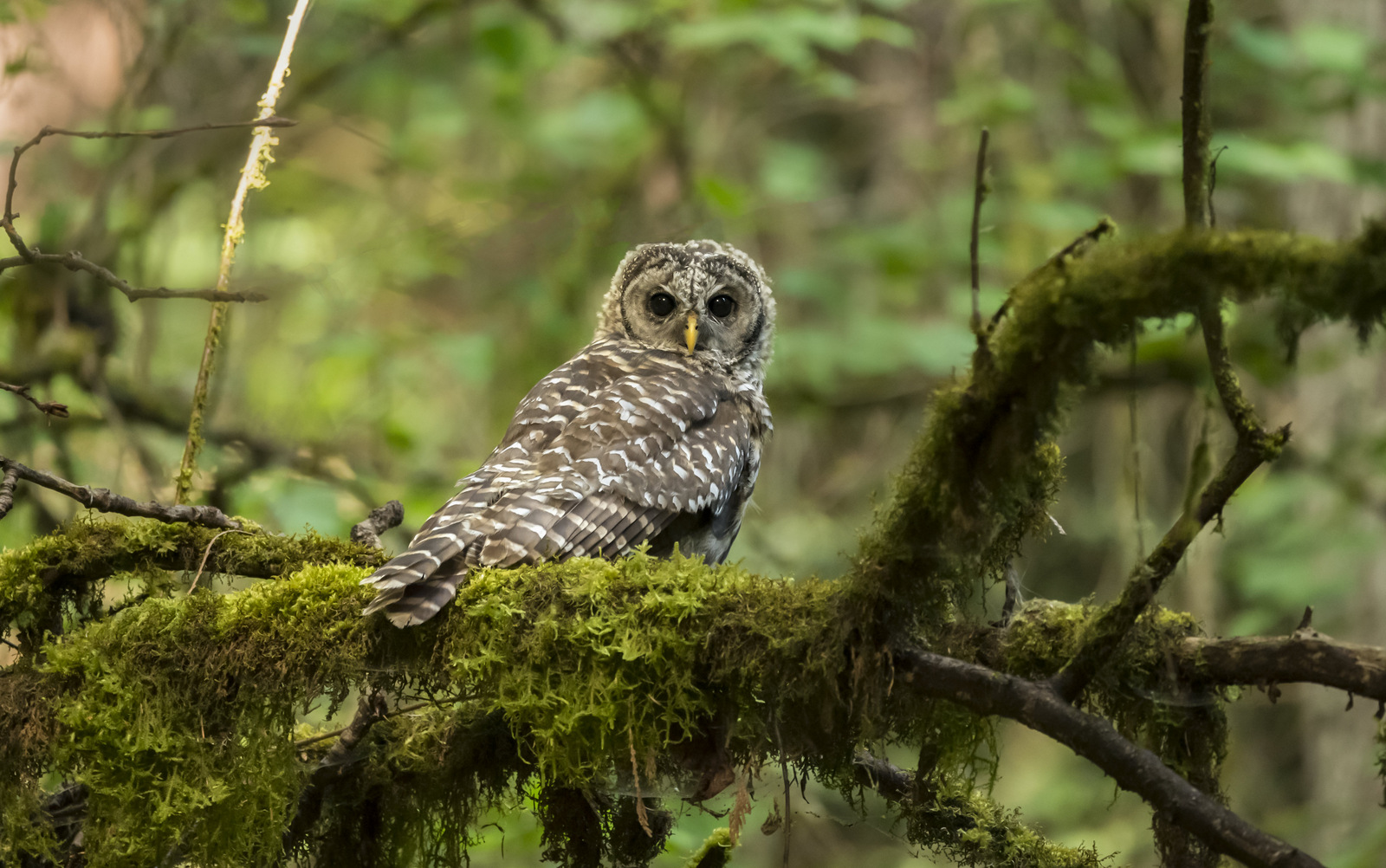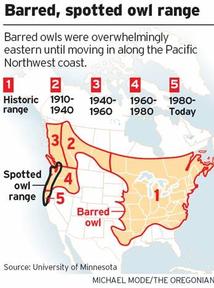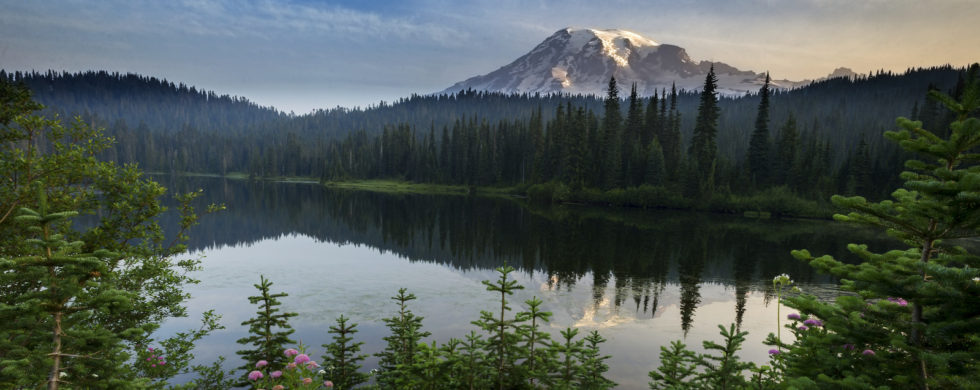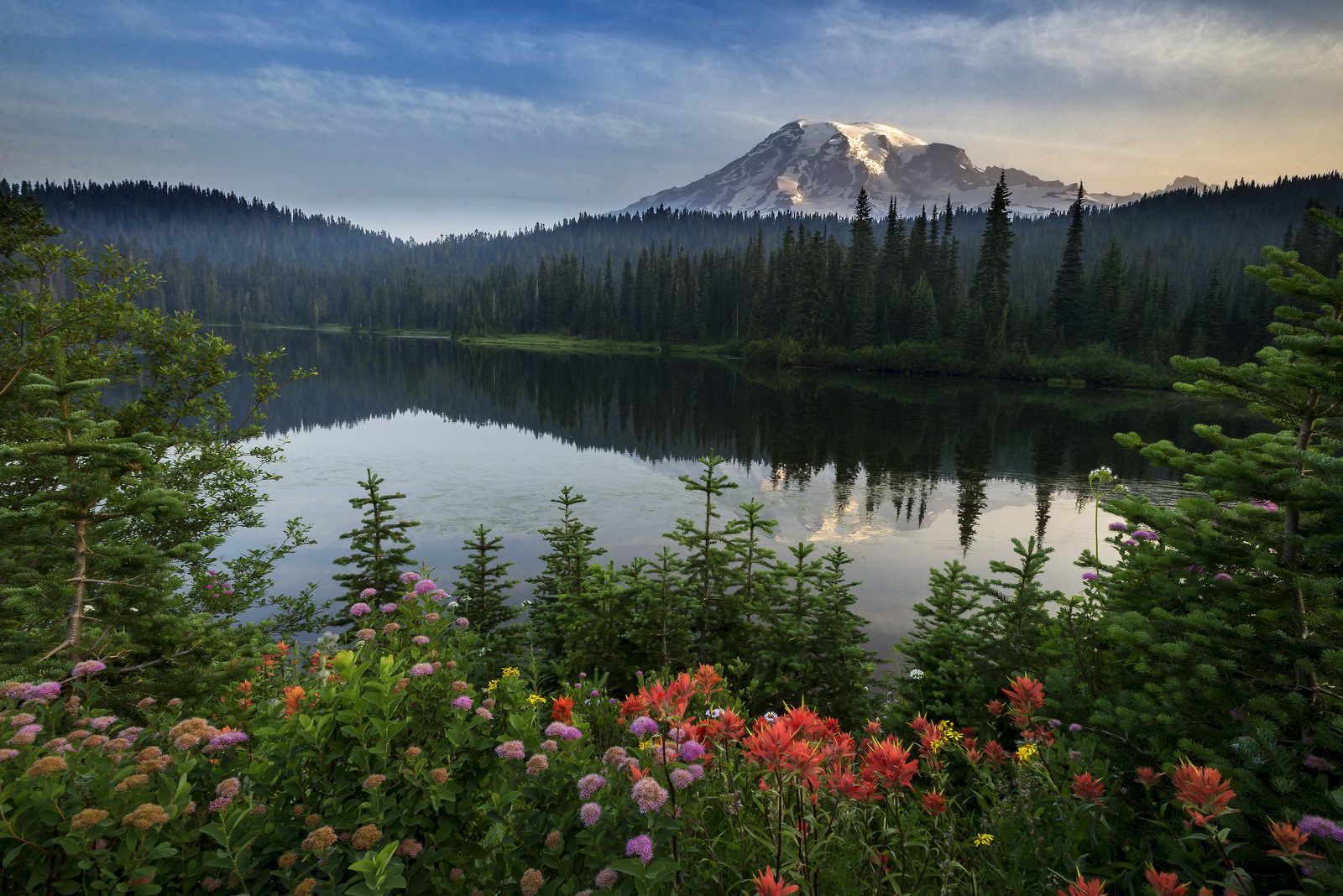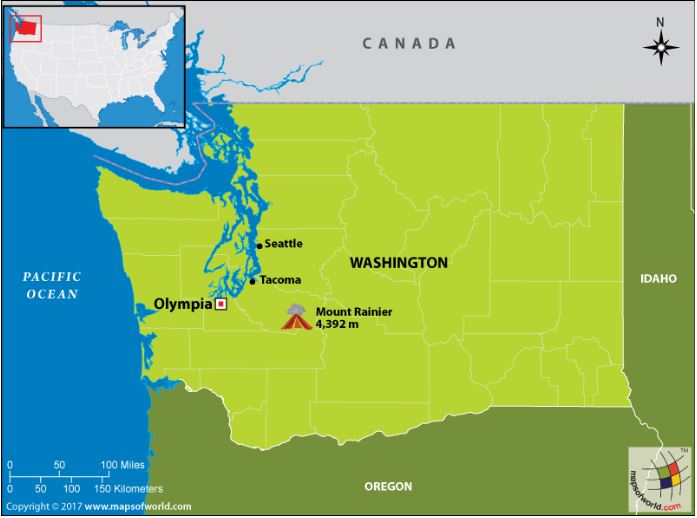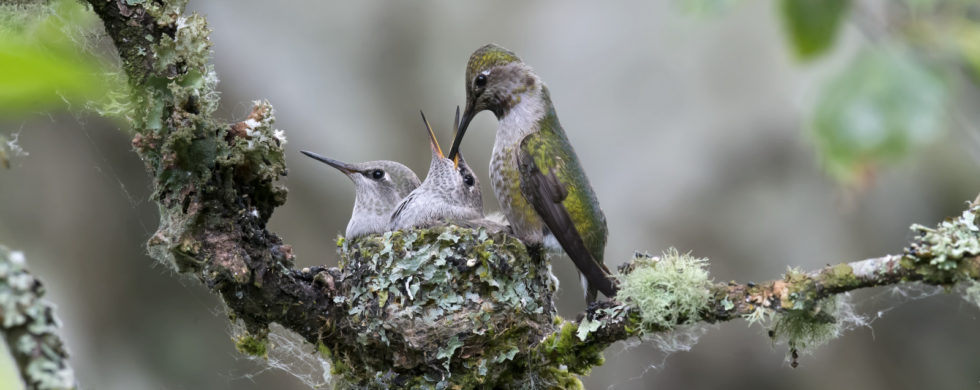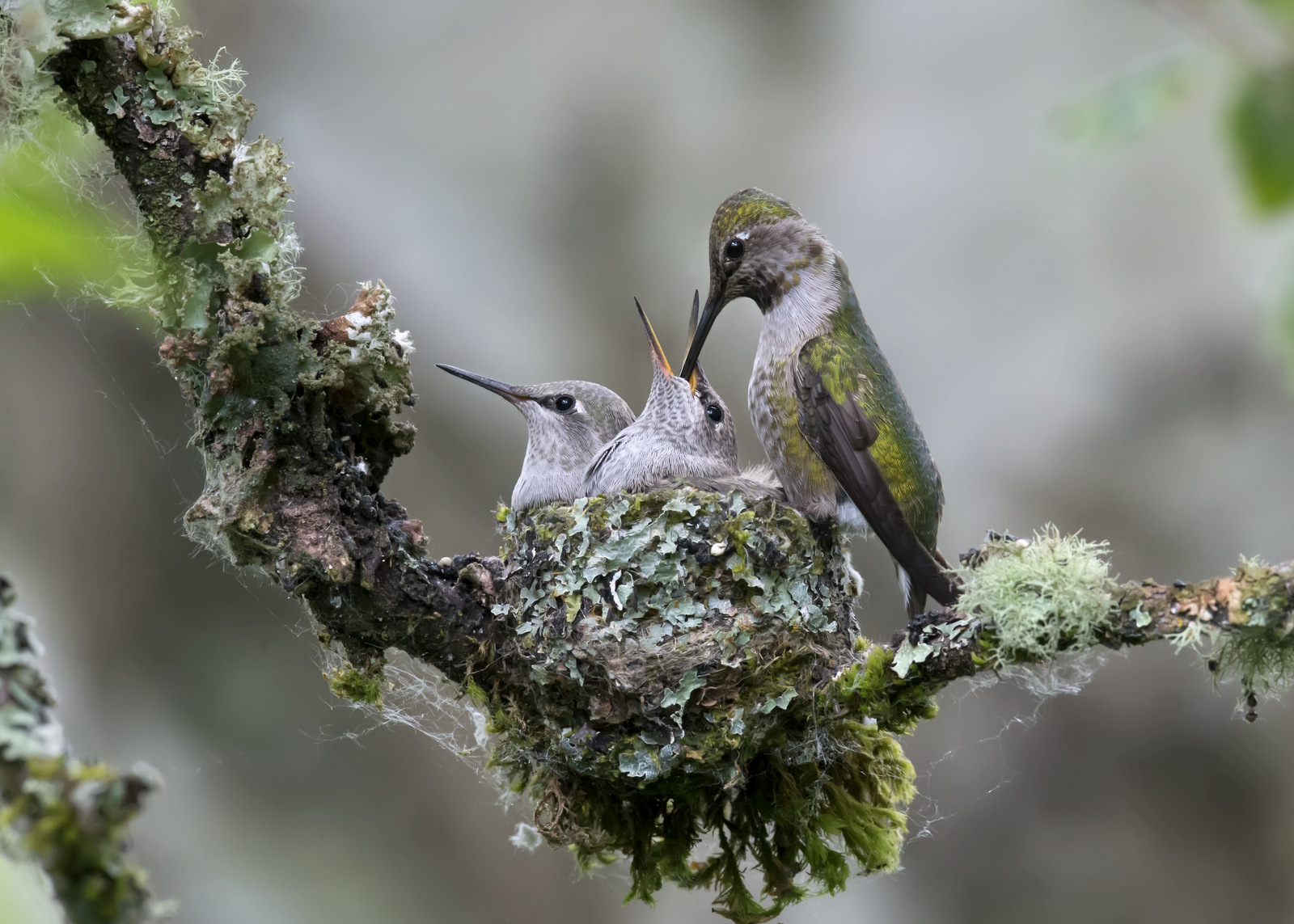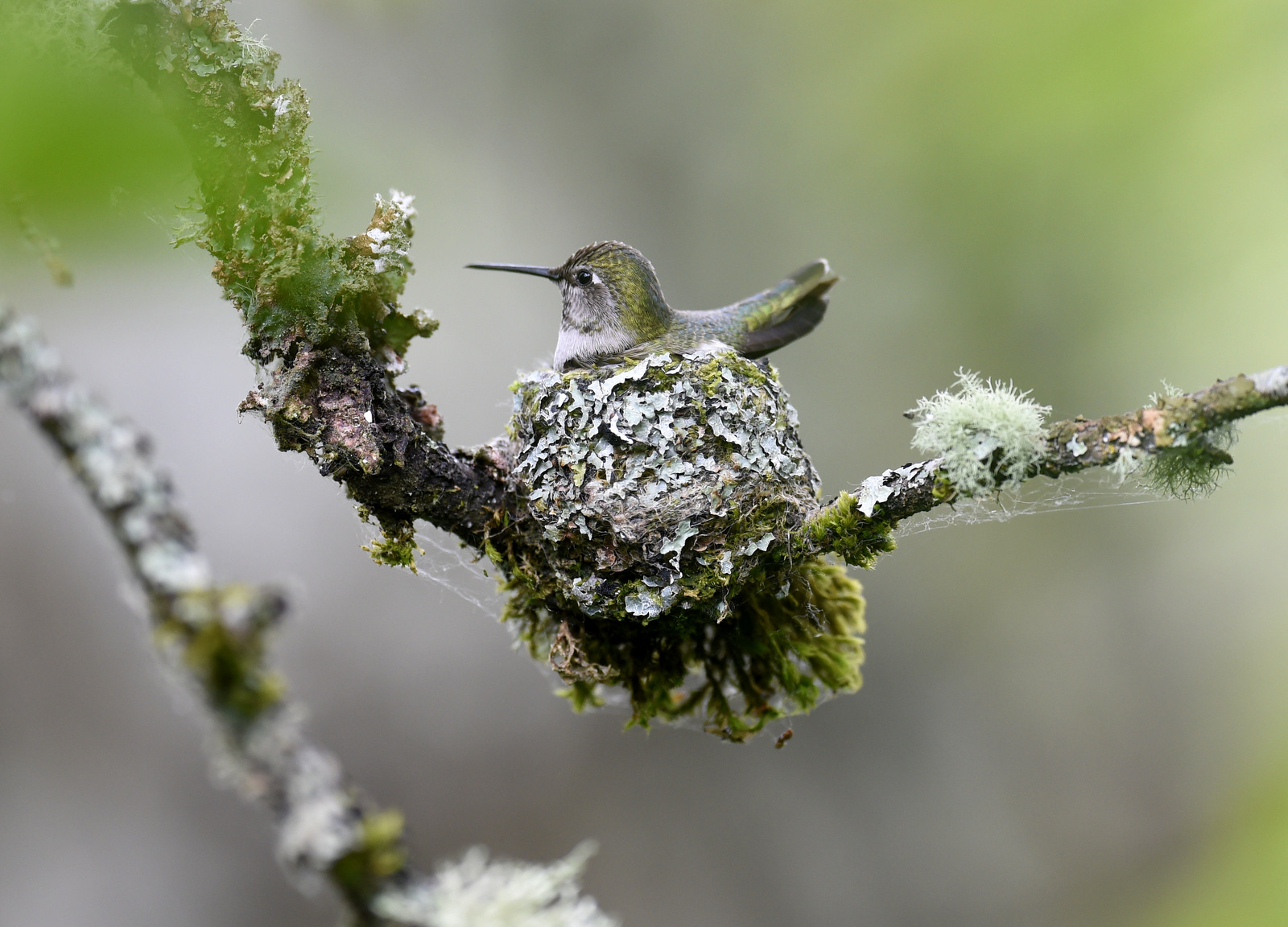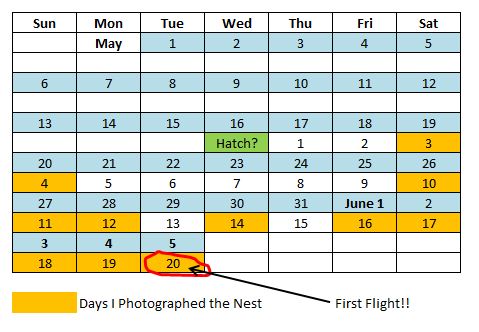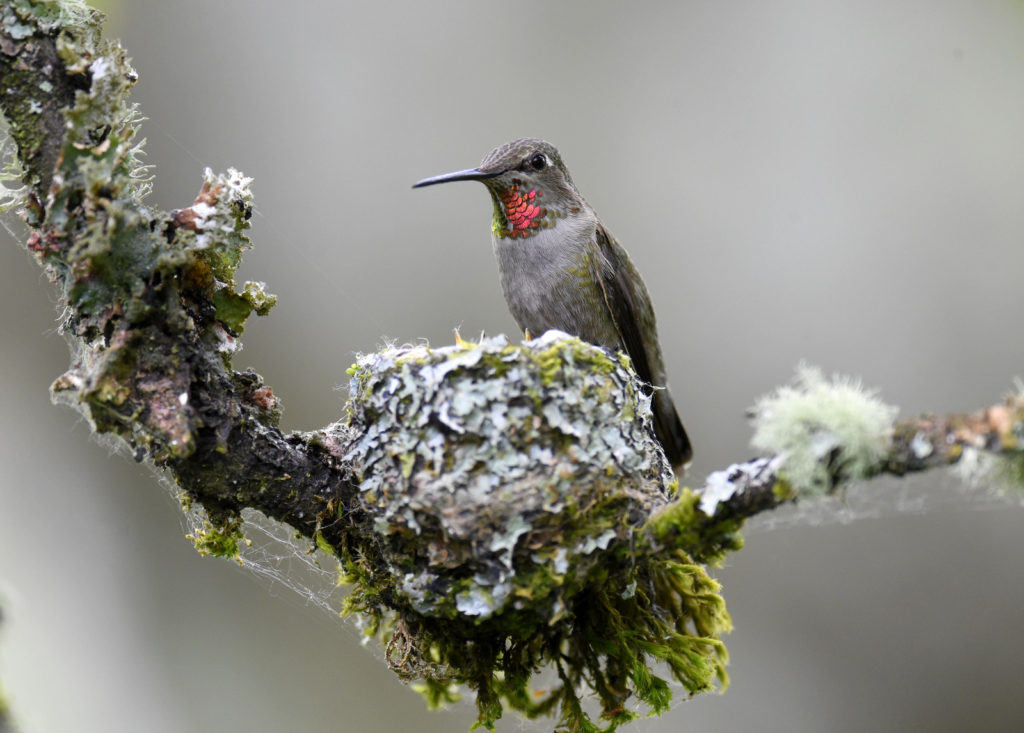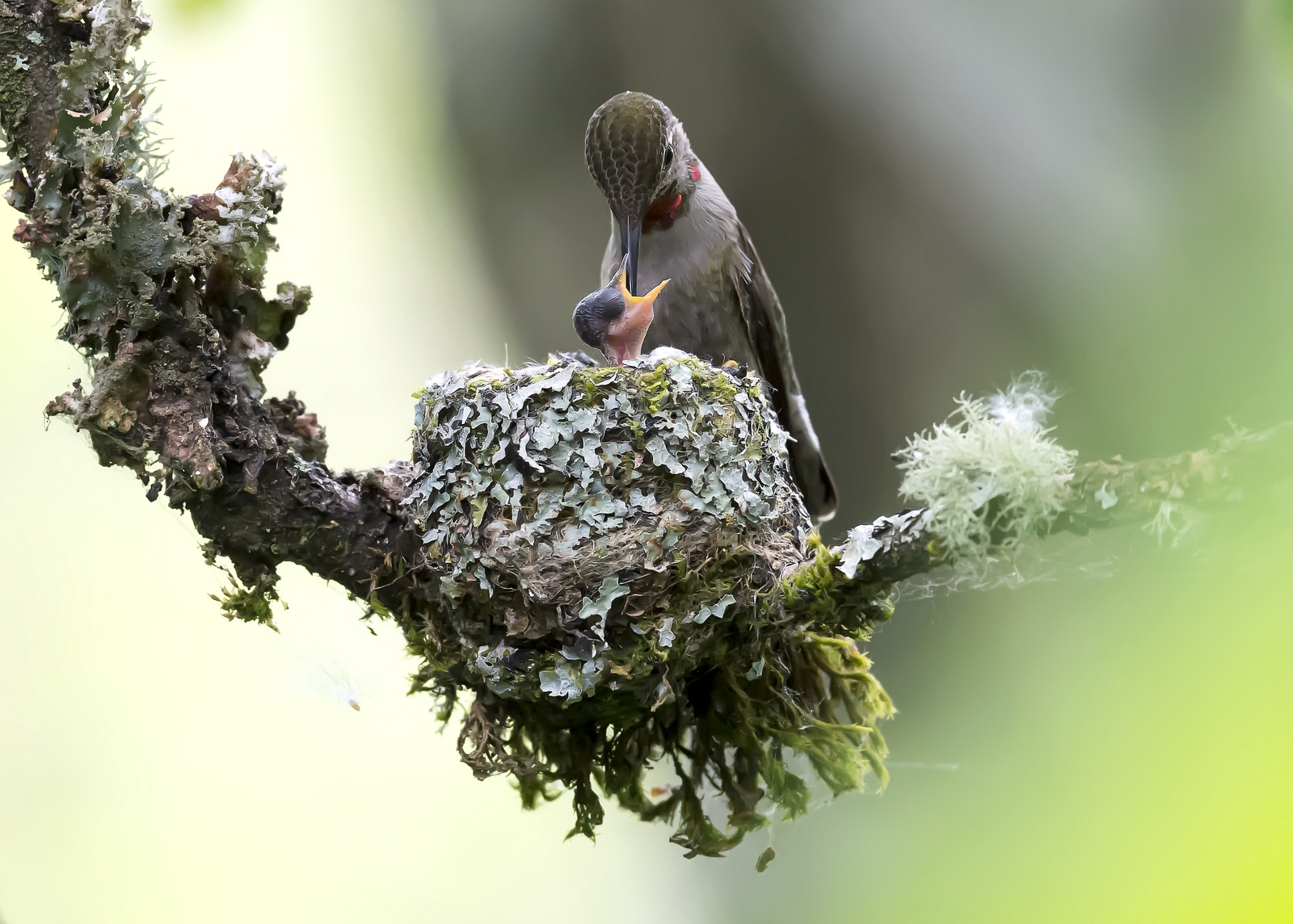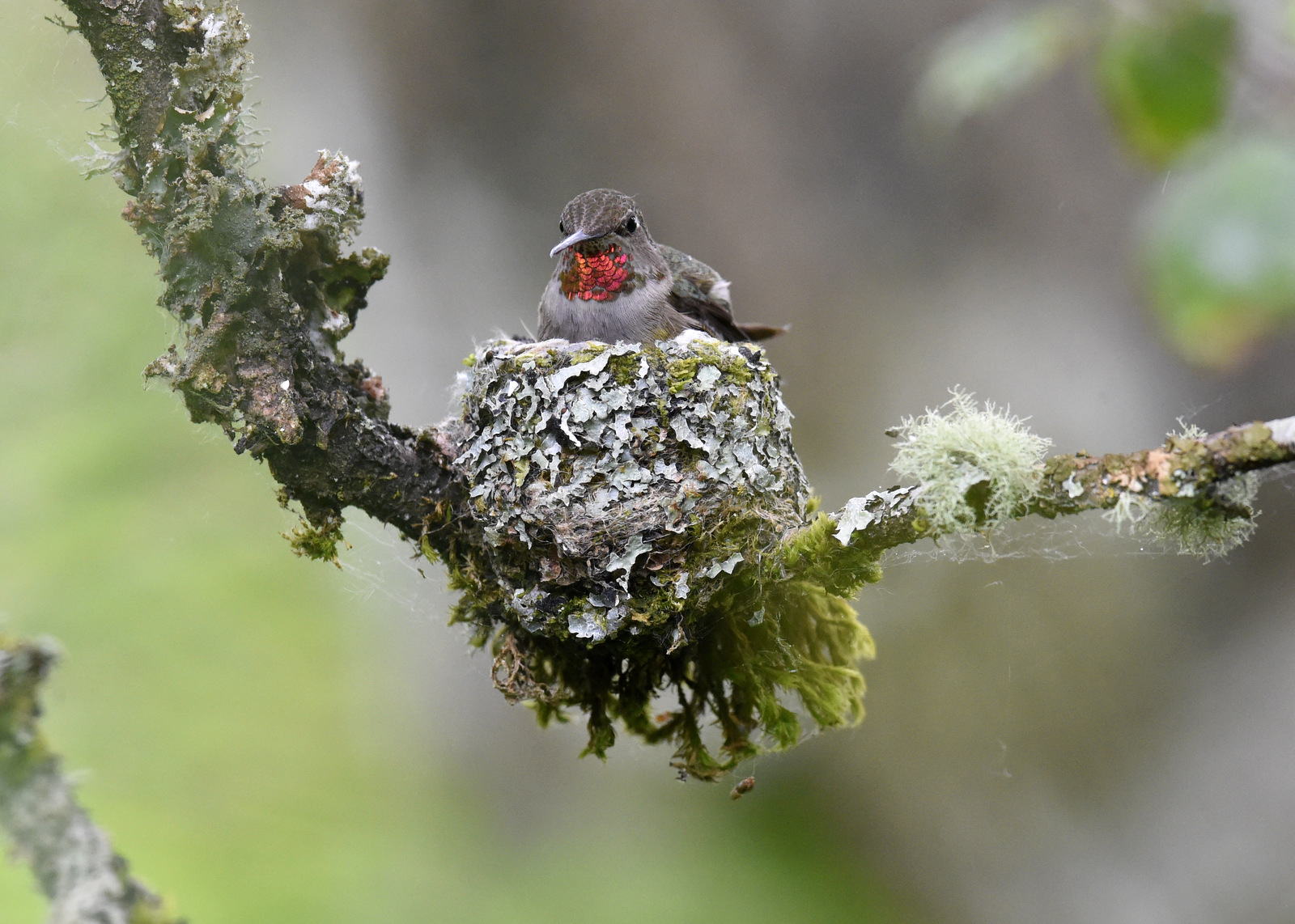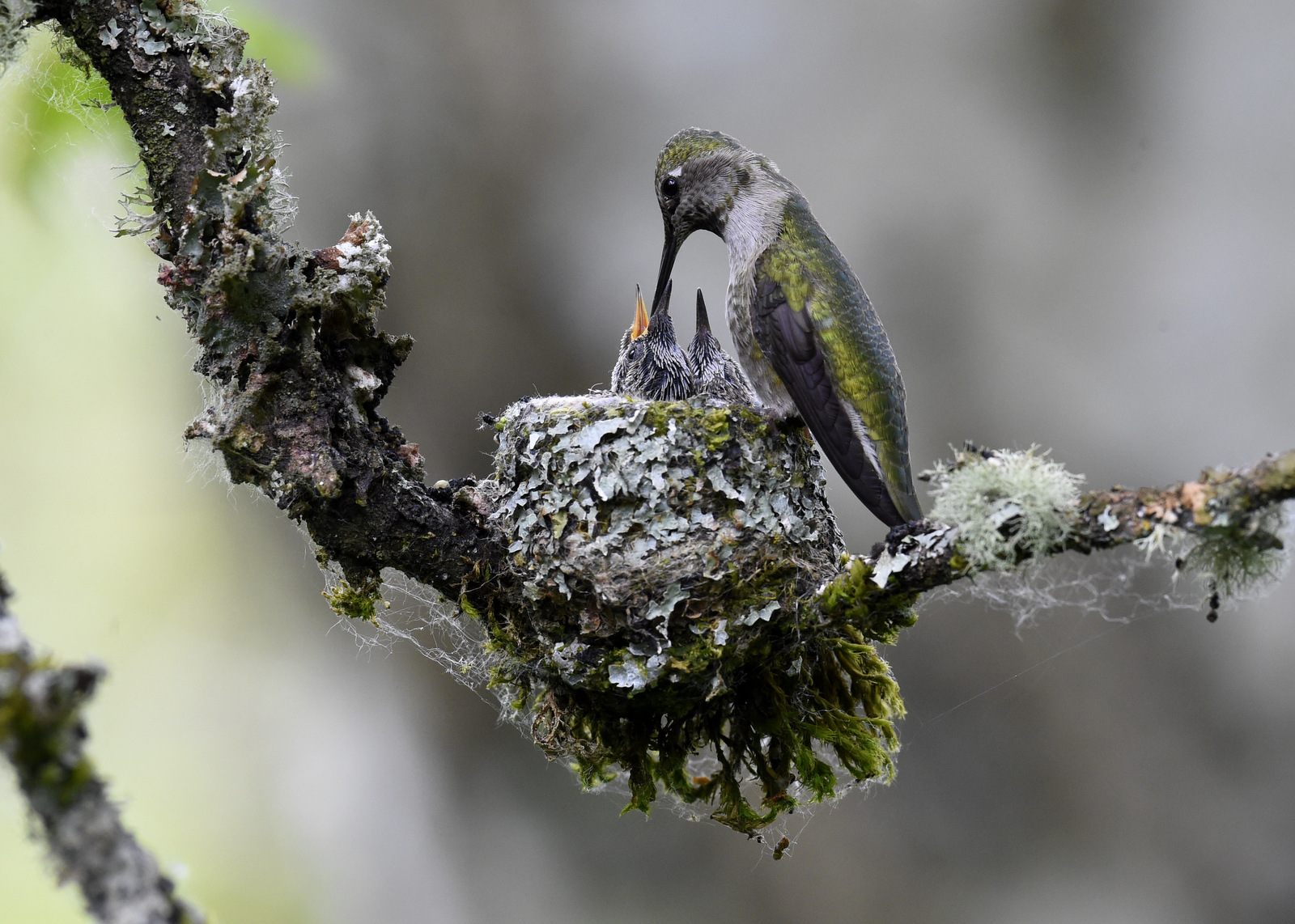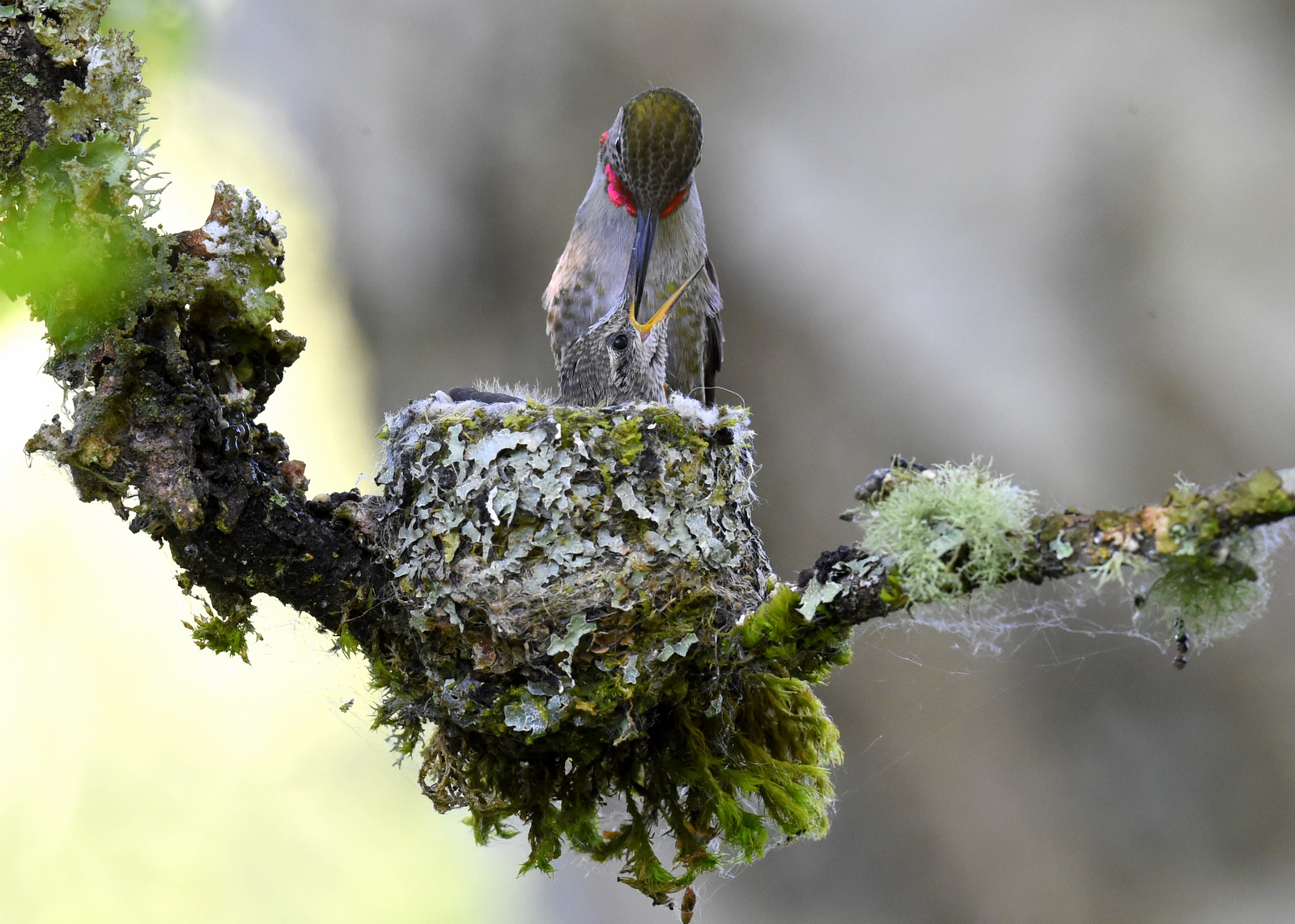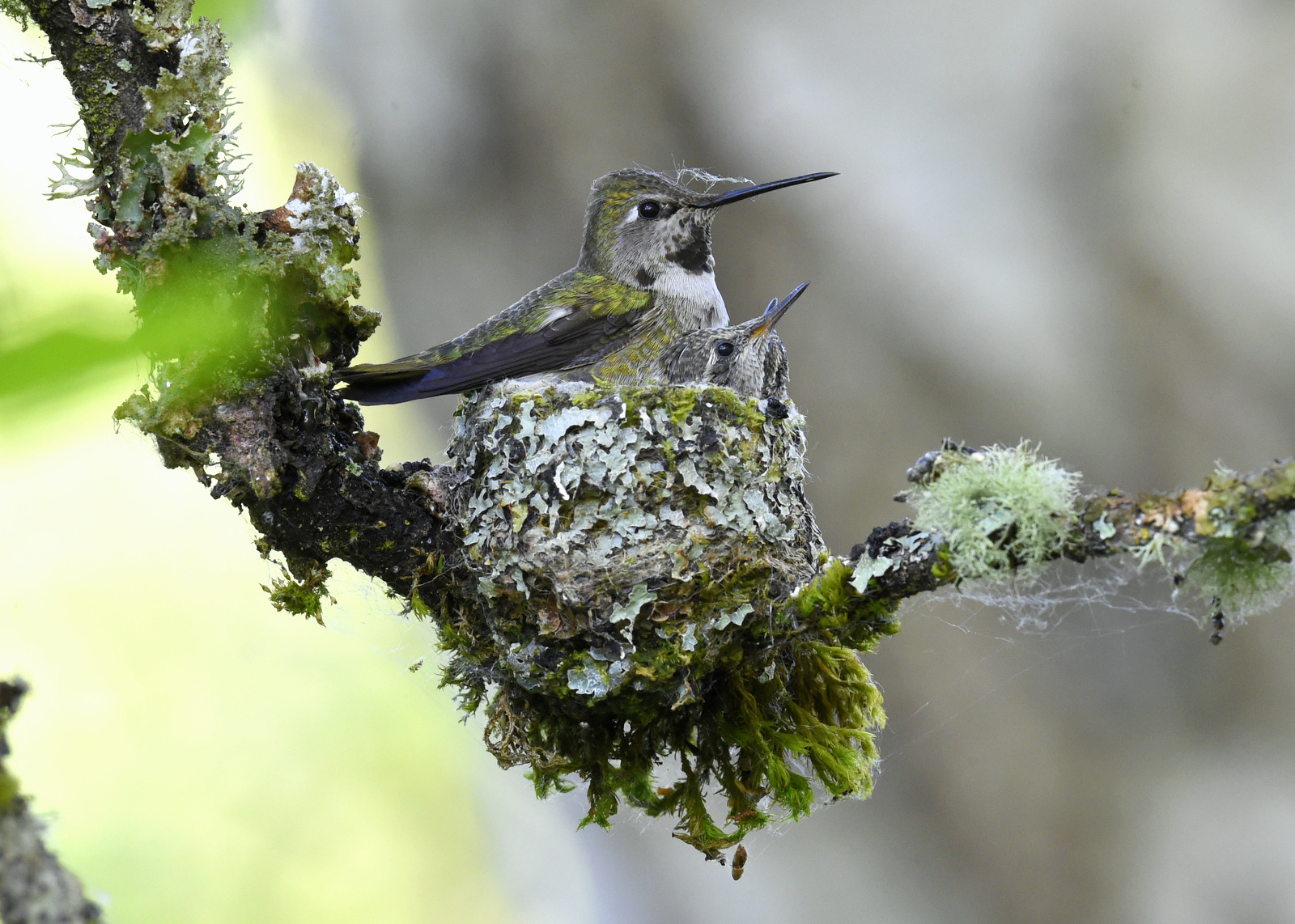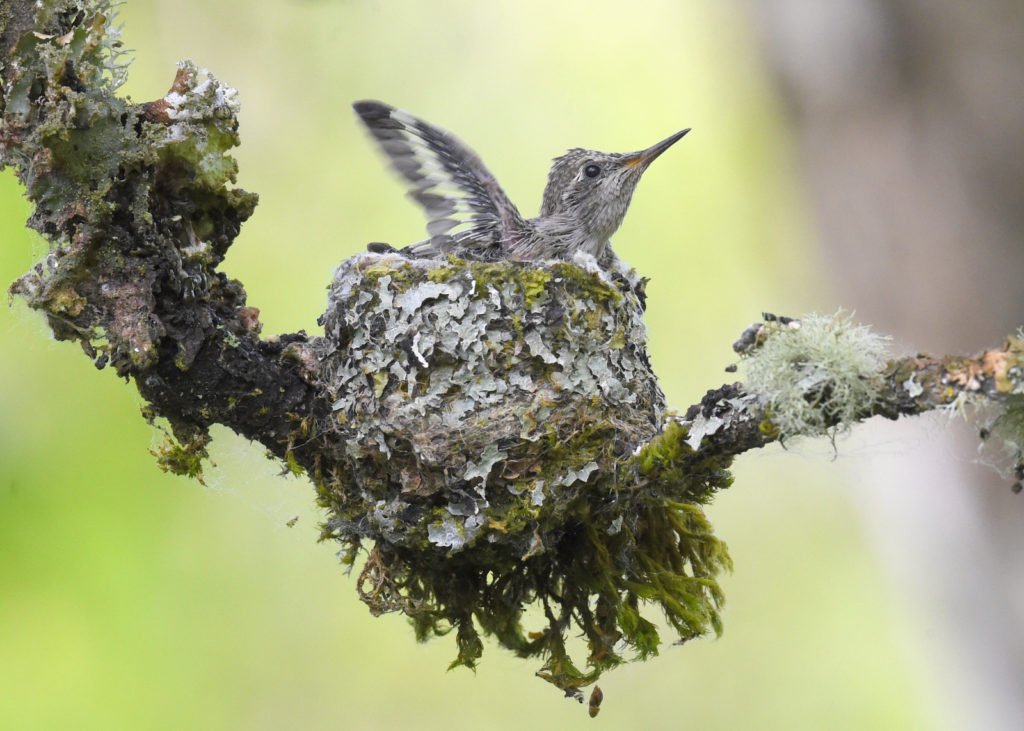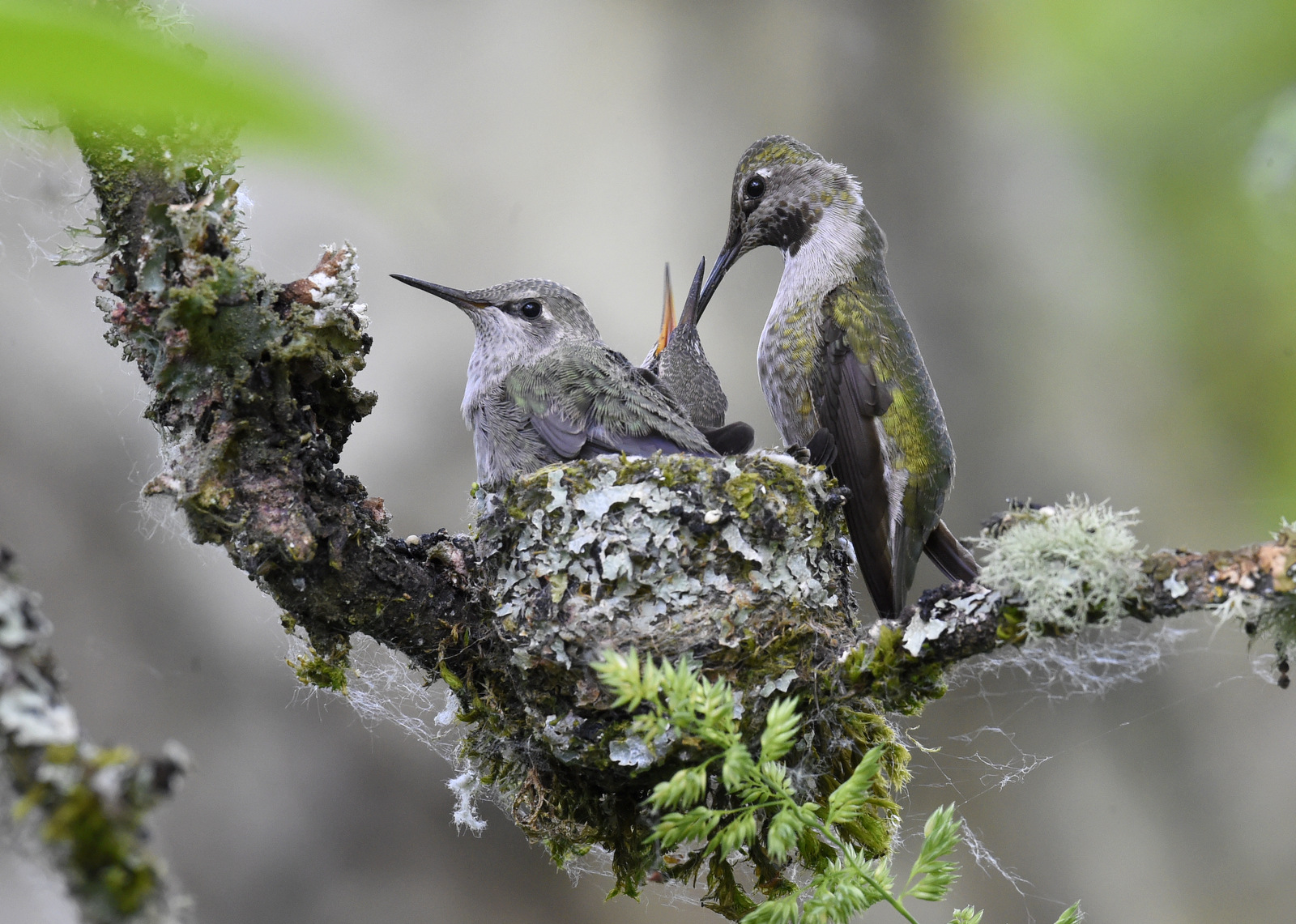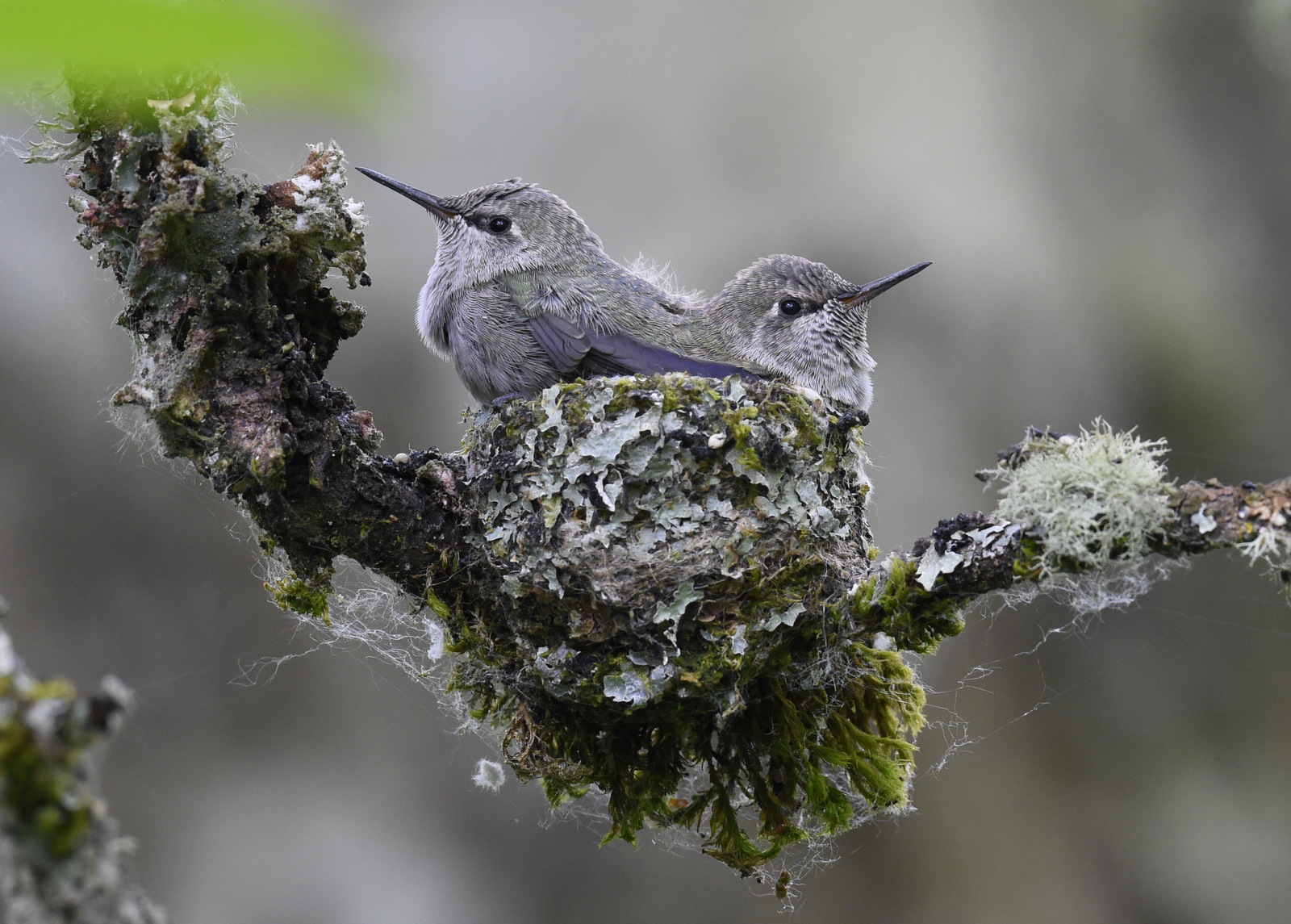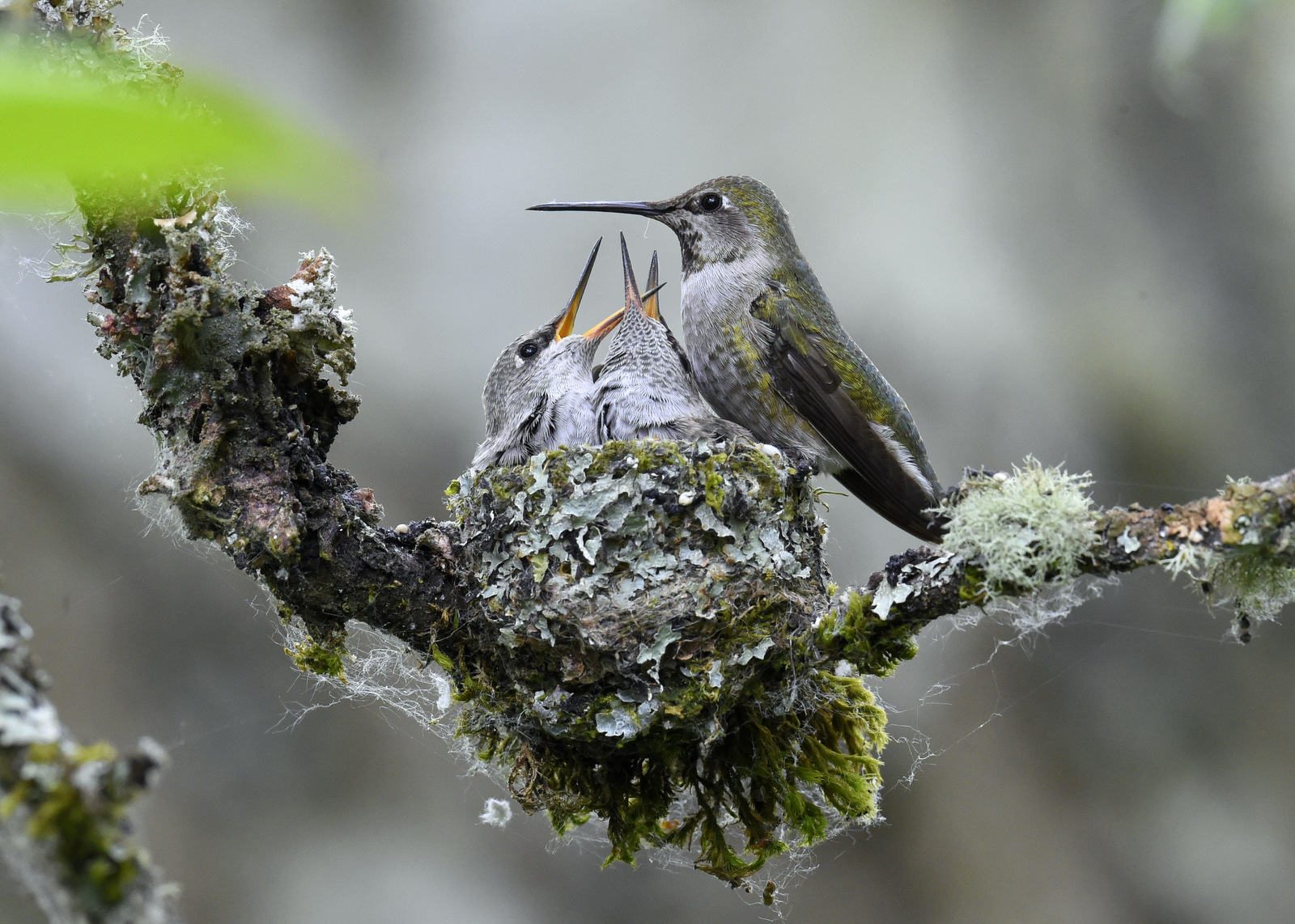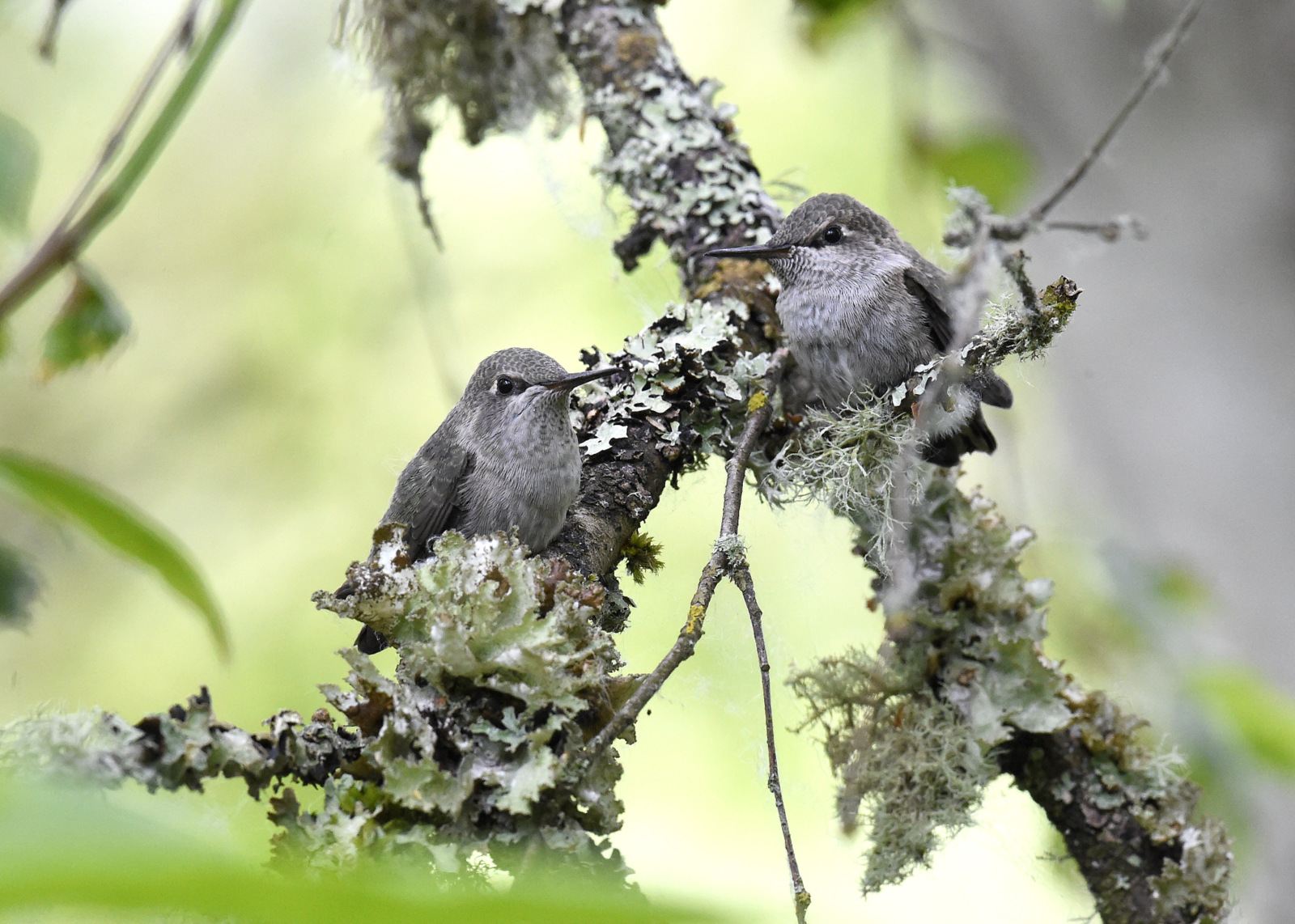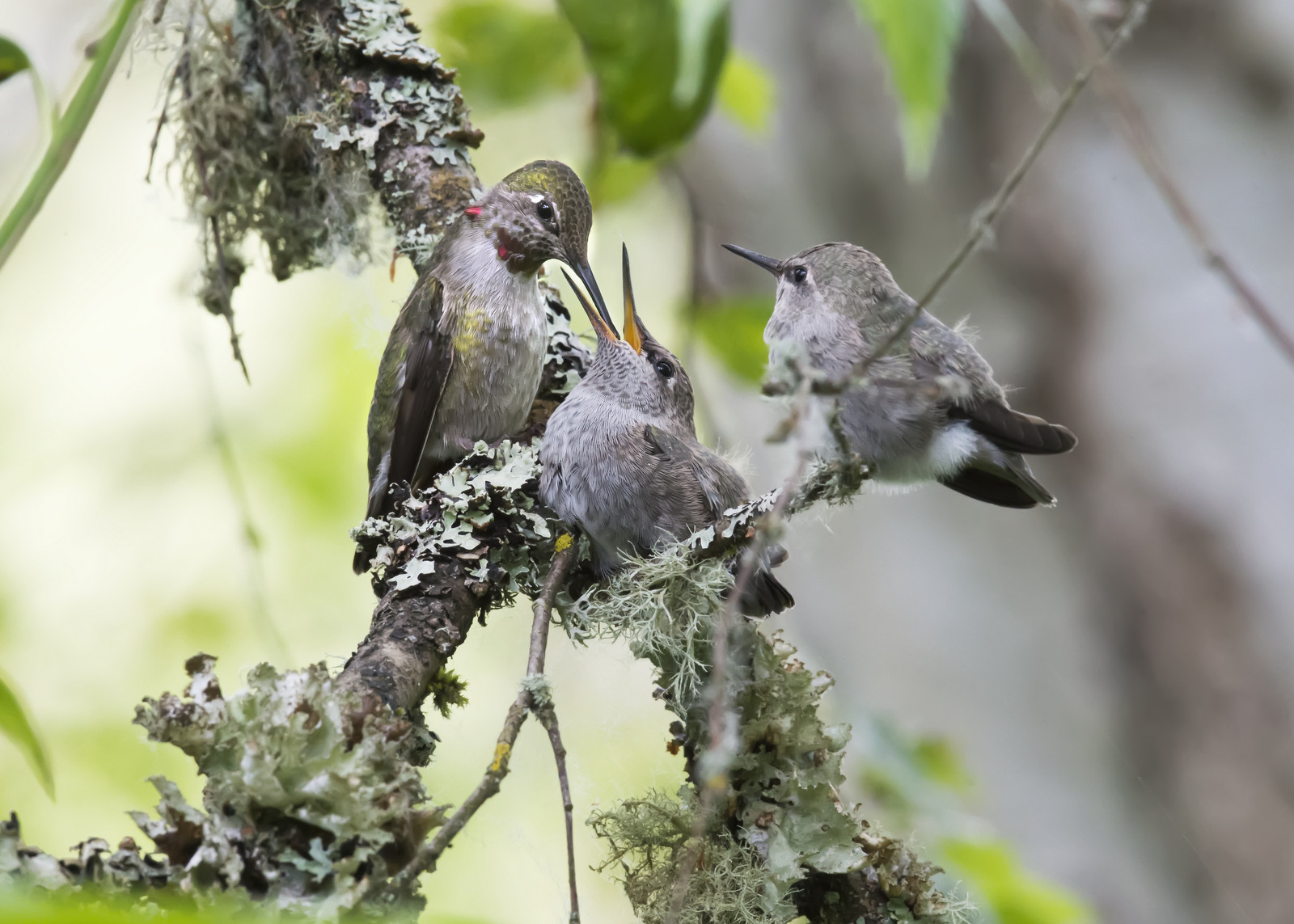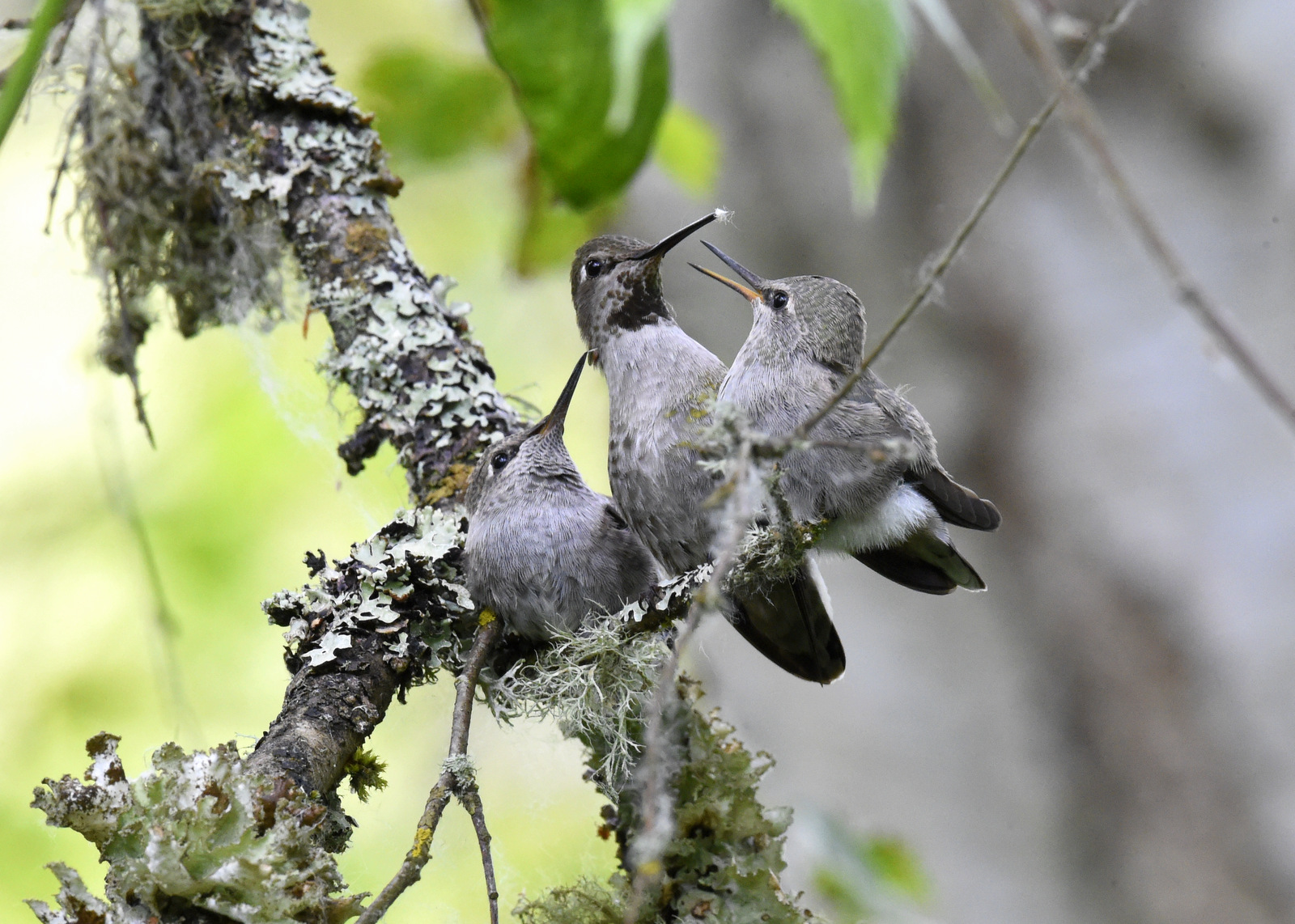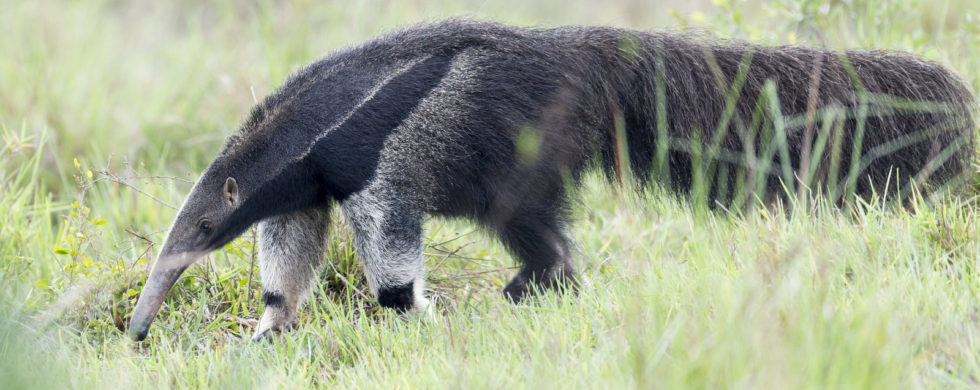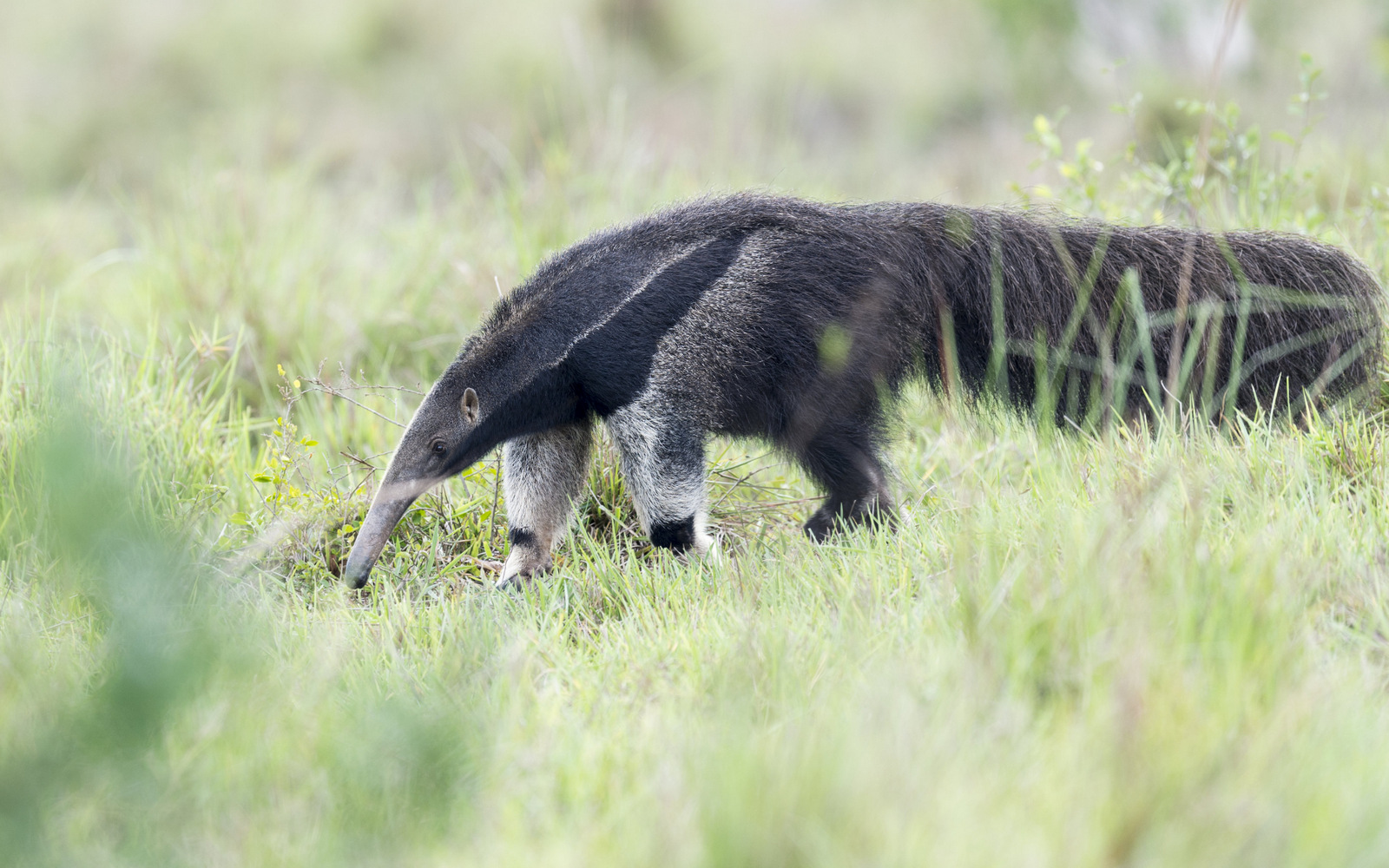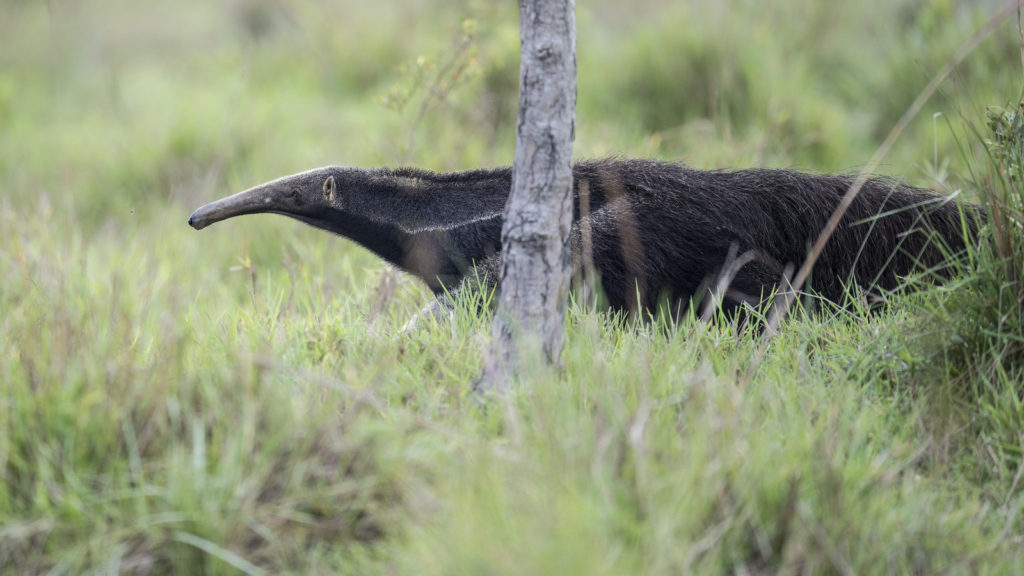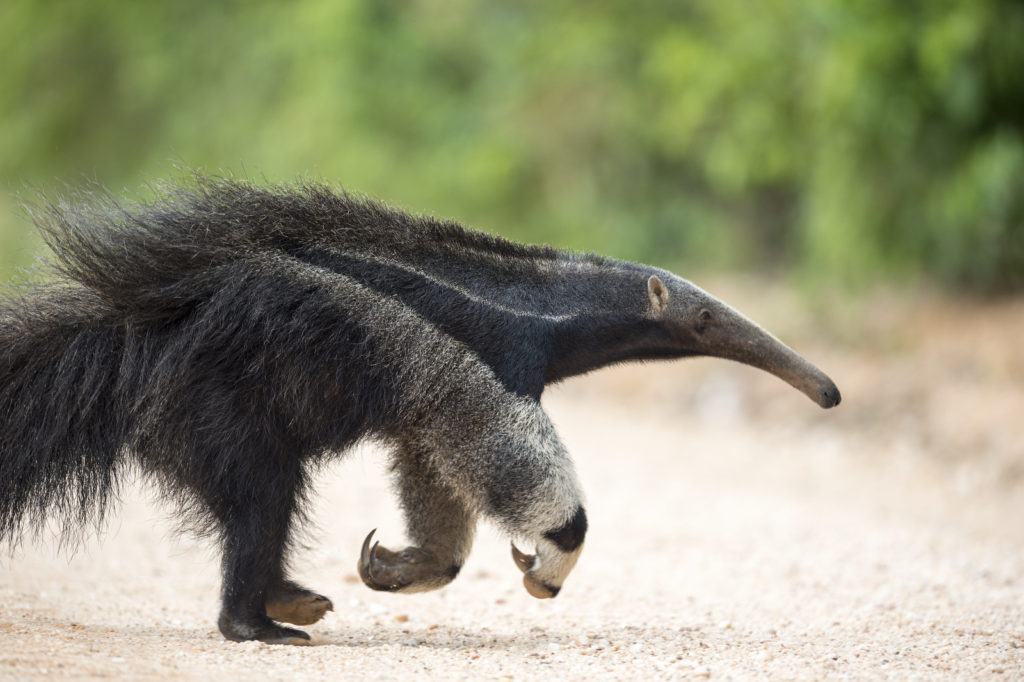30
Shot of the Month – November 2018
It looks like somebody is having a bit of a tantrum. Check out those pursed lips and the dust caused by the stamping of the foot. The thought bubble may say something like “Everybody off!” I photographed this white rhino, and his bird friends, in Kruger NP, South Africa.
Despite the humorous nature of this photo, the reality is that any image of a rhino is bittersweet. We are obliterating these beasts and they are hurtling toward extinction. Any photo taken now could simply be capturing the last of a kind.
There are five remaining species of rhino. Look closely at this map (click on it to see it larger) and take note of the former range of these animals compared to the reality today. Can you find the dot that represents the last enclave for the Javan rhino?
In the last hundred years we have decimated the rhino population (Source):
Africa is home to 2 species (Black and White) and Asia is home to 3 (Indian (also known as the Greater One-horned Rhino), Javan, and Sumatran). How are they doing? Not great (Source):
The Sumatran and Javan rhinos are just about gone with less than a 1oo remaining of each in the wild. And the Black Rhino numbers have plummeted since the 1970s (Source):
South Africa is an important country for rhinos with 80% of the world population living there. Look at the trend in poaching since 2007!!!!! (Source)
We are killing the rhino for its horn. The main culprits are Vietnam, China, and Yemen. (Source)
This is where we need to direct our anger to stop this insane slaughter. (Source)
I find the data in these graphics to be powerful, but the image below knocks the wind right out of me. There are two sub-species of Africa’s White rhino — the Northern White Rhino (NWR) and the Southern White Rhino (SWR). The NWR lived in Uganda, South Sudan, the Central African Republic, and Democratic Republic of Congo. The SWR can be found in South Africa, Namibia, Zimbabwe, Kenya and Uganda). In this image, we see the world’s last male Northern White Rhino. He died on March 19, 2018. Only two more remain on the planet, and they are both female.
So this sub-species of rhino is now functionally extinct. There were about 500 NWRs left in the 1980s but poachers killed them until these last three remained. His name was Sudan, and he lived under armed guard in Kenya. He died of old age, and one of his guards is seen here saying goodbye just before he passed away. This image captures the last of his kind.
What else can one say?
Until next month…..m
Nikon D4S, Nikon 600mm, f/4, (@ f/8) 1/500 sec, ISO 640, +0.5 EV

